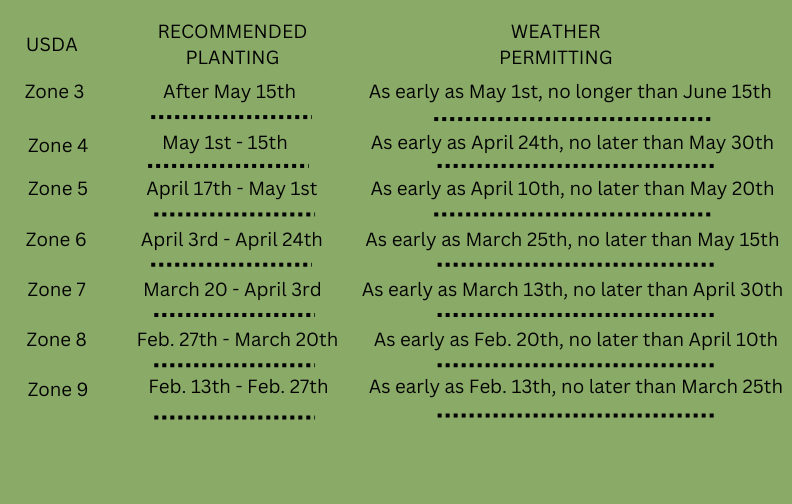Jersey Knight - Asparagus - 25/bundle All Male Hybrid (SOLD OUT 2025 SEASON)
| Quantity | Price |
| 25 | $30.00 |
| 50 | $51.00 |
| 100 | $87.00 |
| 250 | 181.25 |
| 500 | $272.50 |
| 1000 | $445.00 |
- Buy 50 for $1.11 each and save 15%
- Buy 100 for $0.96 each and save 27%
- Buy 250 for $0.76 each and save 42%
- Buy 500 for $0.61 each and save 53%
- Buy 1000 for $0.46 each and save 65%
ALL MALE HYBRID - This male hybrid has many of the same fine characteristics as the earlier variety Jersey Giant; high productivity, fusarium tolerance and rust resistance. It does well where soils are heavier and contain more clay. It offers growers a wide range of adaptability. In commercial fields it has proven to be one of the highest yielders.






